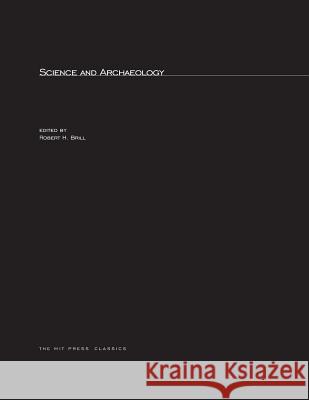Science and Archaeology » książka
Science and Archaeology
ISBN-13: 9780262523615 / Angielski / Miękka / 2003 / 302 str.
If they share one common theme, these collected papers clearly indicate the directions of current research in archaeological chemistry--a term that, taken in a broad sense, includes techniques and methodologies of many areas of science other than chemistry. Dr. Brill, in fact, advocates use of the term "archaeometry" (coined by Dr. E. T. Hall of Oxford University) to describe more accurately the work of quite a few investigators in the field.Twenty-one chapters by distinguished contributors are organized in three main categories according to research objectives. Part One contains investigations of individual objects or small groups of objects, describing how they were made and their places in the early history of technology or science. Studies in Part Two consist of analyses of such diverse materials as metals, pottery, ob- sidian, and amber to uncover patterns of chemical composition for the classification of fragments according to provenance or date. A number of chapters in this section deal with neutron-activation analysis. The book's final part describes four techniques used for dating archaeological objects.The volume is generous in scope, ranging over a variety of approaches and motivations, research tools, and archaeological materials. Some of the more technically advanced studies cover up-to-date and complex instrumentation for analyzing samples more accurately, more rapidly, and with greater convenience than before, while others emphasize the detailed handling or "autopsy" of the objects themselves. The material in this book was originally prepared for the Fourth Symposium on Archaeological Chemistry, sponsored by the Division of the History of Chemistry of the American Chemical Society in 1968.Dr. Brill cites several problems that should form the basis for further research: the criteria for selecting what is necessary and significant from increasingly unwieldy bodies of data; the means by which findings in this field can be used in a more than descriptive manner to reveal something new about early man; and the continued necessity for close cooperation between the archaeometrist and archaeologist. The former, Dr. Brill points out, must take a major part in interpreting his findings and not merely leave his tabulations and statistical correlations to the historian and archaeologist.











